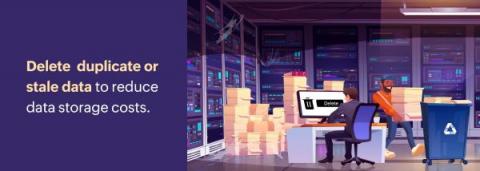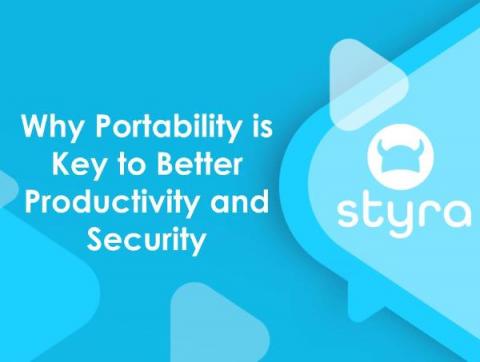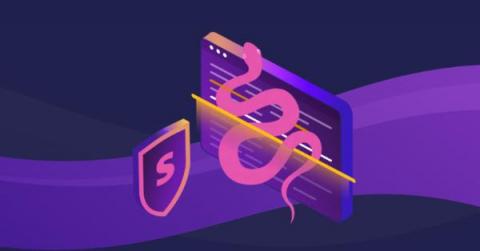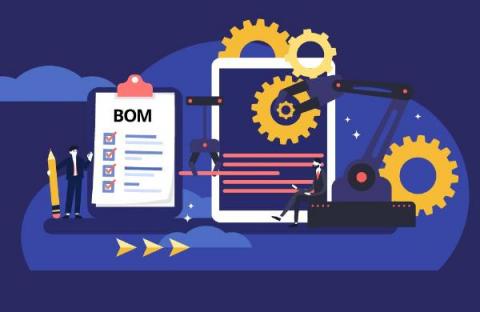Operationalizing Data Resiliency
Oracle databases are an integral part of modern technological infrastructure for organizations globally. They underpin high-volume digital business, perform thousands of transactions, and house an organization’s critical and sensitive information. Today’s business requirements and data-driven applications are expanding the definition of “data loss” to include data that is inaccessible to the business for a period to significantly and negatively impact it.










